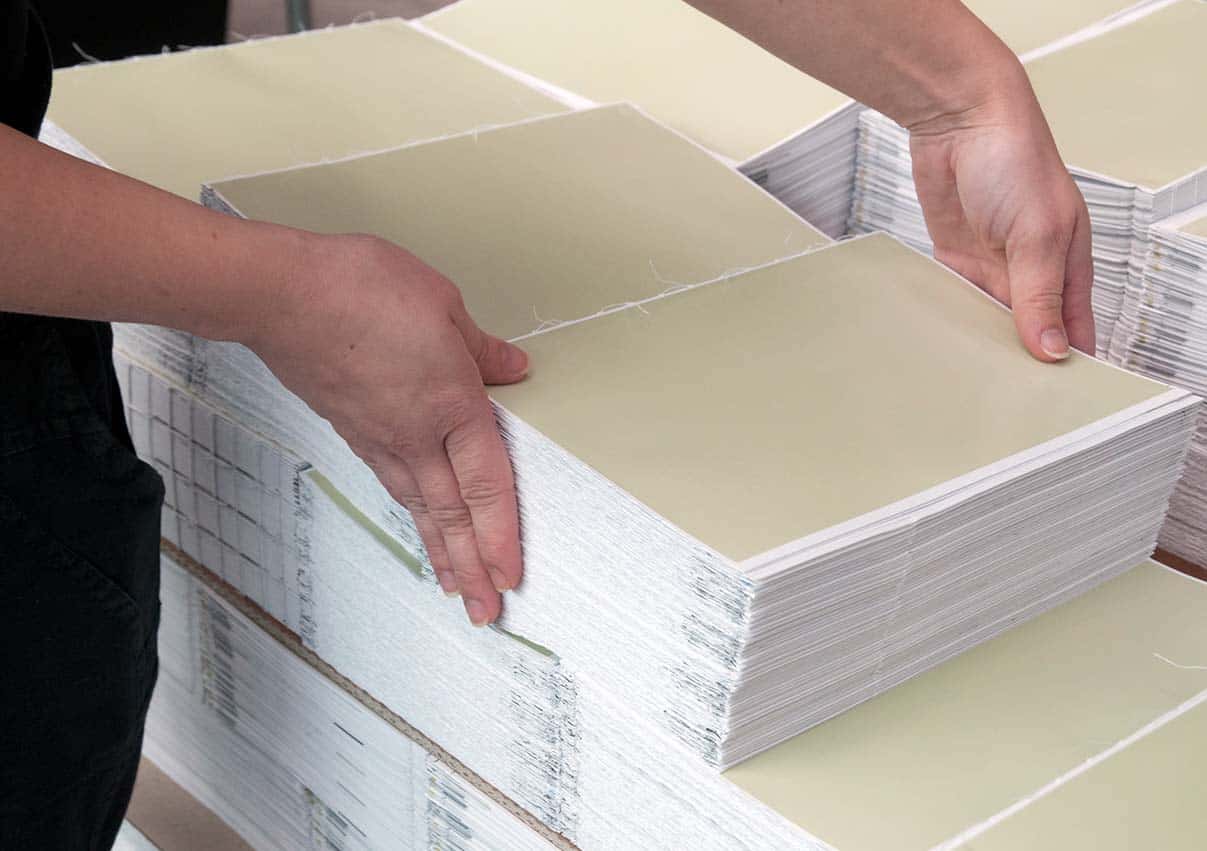What Is Considered An Oversized Envelope For Mailing?
USPS has guidelines for determining if an envelope is considered to be oversized. For example, an envelope may be considered to be oversized if it is more than 3/4″ thick or twelve inches long and fifteen inches wide. These envelopes are categorized as larger packages for Priority Mail shipping.
(Searching in Google “print and mail service“? Contact us today!)

Conformer envelopes
When shipping large items, it is essential to have a mailing envelope that is large enough to fit all of the items comfortably. Conformer envelopes have a larger opening to accommodate the additional space needed to accommodate the items. If the envelope is too small, the items inside could stretch, resulting in a broken envelope.
Conformer envelopes are sturdy and can handle heavy or bulky mail items. These sturdy envelopes are a great option for sending important documents, marketing materials, or any item that needs stability. They also are less expensive than boxed envelopes, so they are an affordable option for shipping large items.
9×12 envelopes
The USPS has an oversized mailing option available in 9×12 envelopes. These are ideal for mailing large packages that don’t fit into regular envelopes. USPS staff will help you determine the proper weight and apply the appropriate postage. Many items can fit into these oversized envelopes, including thick stacks of paper. You can also reinforce them with a cardstock sheet to keep them from folding over time. These oversized mailing options are also of great value and are significantly cheaper than larger boxes.
The USPS has a postage calculator to help you determine how much postage to buy for your envelope. There are many types of postage stamps, including First Class stamps, so you can choose the best one based on your mailing needs. A 9×12 envelope can be stamped with two First Class stamps. It will then be picked up by the postal carrier.
Open-end envelope flats
An open-end envelope flat is a versatile mailing option that has some advantages over direct-mail flats. It can accommodate multiple inserts and provides privacy for sensitive mailings. Also, it tends to look more valuable to the recipient. You can use this type of mailing option to send invoices, statements, and letters.
When using flats, it is important to use the right format for your mailing. Learn about USPS’s guidelines and terminology to make sure your mailpiece is correct. For example, a 9×12 open-end envelope would be flat according to USPS standards. In addition, the postage-bearing side must be perpendicular to the top edge of the mailpiece. Also, it cannot be flipped upside-down about the top edge.
Larger packages for Priority Mail
If you have a larger package than can fit into an envelope, you may need to use retail ground shipping instead. This option is best for less urgent deliveries that are too large for Priority Mail. Retail ground prices are based on zone and weight and range from $8 to $67. Other options include FedEx Ground and UPS.
When shipping large packages, you should always weigh the package before sending it. This way, the post office will know exactly how much to charge you. You can find a scale online that can help you weigh a package so you can decide which shipping method is best. You can also get postage discounts by using online shipping services like PitneyShip.
Larger packages for Parcel Post
Parcel Post offers several shipping options for larger packages. These options are best for less urgent deliveries or those packages that exceed the weight or size requirements for Priority Mail. When it comes to postage costs, larger packages typically cost more to send than a letter. For example, if a package weighs more than 70 pounds, it will be charged more than the postage would be for a letter. In addition, you should know that dimensional weight charges apply to oversized packages.
For calculating postage costs, it’s important to know the dimensions of the package. Larger parcels can be difficult to measure, but there is a simple formula you can use. In general, the girth of the package is about twice the length and width.

